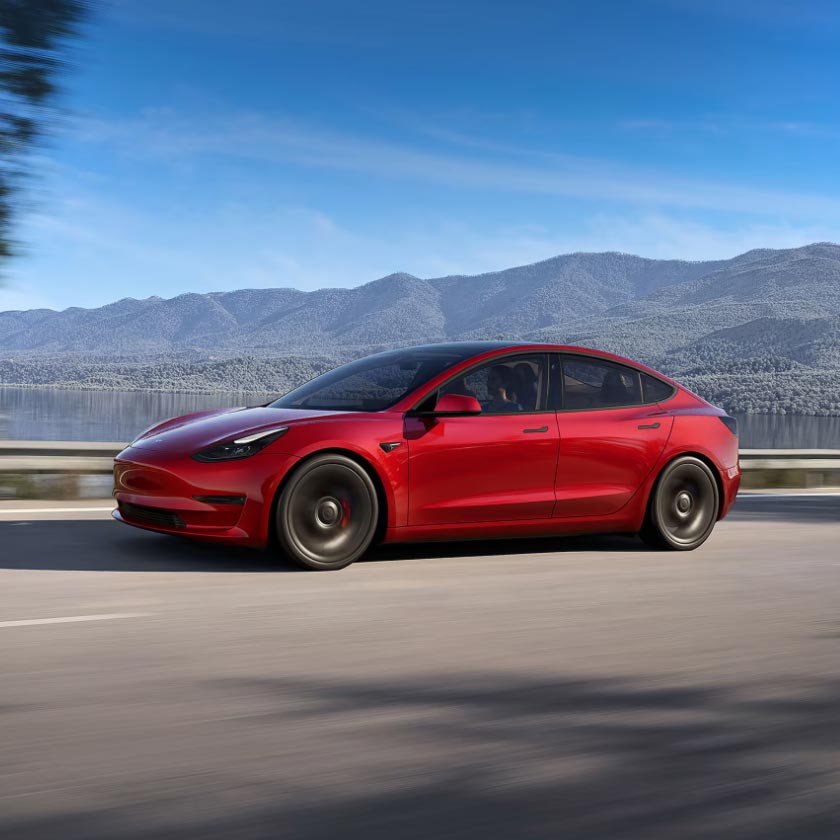SpaceX is getting closer to propel the first Starship to orbit this year. The company has been preparing the Starship SN24 and Super Heavy Booster 7 prototypes to perform the first-ever orbital flight attempt. The 230-foot-tall Super Heavy is set to become the world’s most powerful launch vehicle ever developed; Equipped with 33 methane-fueled Raptor V2 engines, the rocket is capable of generating over 17 million pounds of thrust at full throttle. Such an immense amount of force is required to propel the 165-foot tall Starship to orbit with around 100 tons of cargo.
Megatons of cargo will be needed to build the first self-sustaining city on Mars. SpaceX founder Elon Musk hopes that a fleet of at least 1,000 reusable Starship/Super Heavy launch vehicles can enable humanity to become a multi-planet species by 2050. The company plans to build the Starships within the next 20 year period. Musk runs around-the-clock operations at SpaceX to achieve this ambitious goal within the time frame. Their goal is to achieve launching a Starship to orbit before this year ends and begin launching payload (satellites) in 2023 that will help speed up the spacecraft’s development. Then, SpaceX will manufacture a lunar-optimized Starship Human Landing System (HLS) to return astronauts to the lunar surface sometime in 2025.
7 engine static fire pic.twitter.com/sOm8Jx8rJq
— Elon Musk (@elonmusk) September 19, 2022
On September 19, SpaceX continued testing of its Super Heavy Booster 7 stainless-steel vehicle. It's engines were fueled with cryogenic liquid methane (CH4) and liquid oxygen (LOX). Only 7 Raptor V2 engines out of 33 were ignited on Monday afternoon. However, this is a great milestone because it is the first time ever they ignite seven engines simultaneously. During Booster 7's previous static-fire test on August 31st, only 3 engines were ignited. "Chamber pressure looked good on all 7 engines," shared Musk via Twitter soon after the test. NASASpaceflight shared a video of the brief engine ignition, linked below.
Chamber pressure looked good on all 7 engines
— Elon Musk (@elonmusk) September 19, 2022
When asked about when SpaceX will perform a static-fire test of all 33 Raptor V2 engines simultaneously, Musk said the rocket will now undergo more preparations at the Starbase factory. "Booster 7 now returns to high bay for robustness upgrades & booster 8 moves to pad for testing," said Musk, "Next big test is probably full stack wet dress rehearsal, then 33 engine firing in a few weeks."
Booster 7 now returns to high bay for robustness upgrades & booster 8 moves to pad for testing.
— Elon Musk (@elonmusk) September 19, 2022
Next big test is probably full stack wet dress rehearsal, then 33 engine firing in a few weeks.
To "full stack" the vehicles, the Starbase launch tower's robotic arms will lift Starship SN24 atop the Super Heavy Booster 7 to perform pre-flight testing. When stacked the vehicle is 395 feet tall - the largest rocket ever manufactured! SpaceX is still pending a spaceflight license from the U.S Federal Aviation Administration (FAA) to launch the rocket-ship to orbit. According to a regulatory filing, SpaceX plans to launch the full stack from Starbase, land the booster at Boca Chica Beach in the ocean or attempt to "catch" it with the launch tower's arms. Starship will fly in outer space to orbit Earth halfway and then cross the Earth’s atmosphere to land in the ocean off the northwest coast of Kauai, Hawaii. SpaceX has not officially announced when the orbital flight test will take place.

Featured Image Source: SpaceX

![SpaceX Performs First Seven Engine Static-Fire Test Of Super Heavy Rocket [VIDEO]](http://www.tesmanian.com/cdn/shop/articles/20220919_145545.jpg?v=1663624865&width=1500)





